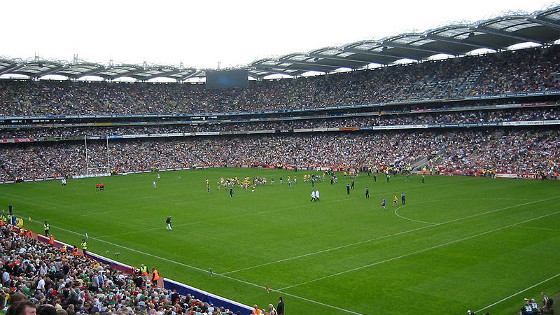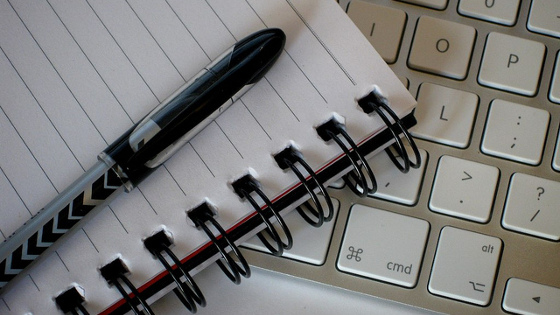Croke Park
A large sports stadium.
Croke Park sports stadium in Dublin, Ireland. The pitch is used for Gaelic football, hurling, and camogie, and has also been used in the past for association football and rugby. It has a capacity of 82,300 people, making it the fourth largest stadium in Europe.
At the end of the session, you will have:
- visited Croke Park sports stadium.
- known the difference in pronunciation between /e/ and /
 /
/ - drawn the route of different landmarks at the Dublin google map.
Why don't you visit the official website of the Croke Park sports stadium?
What is your opinion about the variety of sports that are practised in this stadium?
- Have you ever been to a huge stadium like this?
- Now check the facilities section. Is it possible to obtain cash in the stadium? And to visit a museum?
- How much would be a room at the The Croke Park Hotel for a couple next weekend?
After the visit, continue with your posts on Twitter (#taskcampaign and #EDIAdublin). Do you like going to sports stadiums? Do you usually go to any of them? How often? Who do you go with? Share it through a tweet using the project hagshtags. The 'Rubric to assess a Tweet' can help you do a good job in this social network.
Remember that Croke Park must be part of the route at your Google Sites map.
I had a headache
Phonetics is really important in English in order to pronounce words correctly. In this project, we are going to take a look at how to pronounce correctly the following phonemes: /e/ - /æ/
/e/or /æ/.
Check the link minimal pair. to practise the difference between these two sounds.
These phonemes are part of the phonetic chart that is used to describe the sounds of many languages. They have been established by the International Phonetic Association (IPA). For more information about the IPA and their work visit IPA's official website.
To be able to differentiate these two phonemes even better, watch this video:
Apart from this, you can record yourself practising these words in English. You have to pronounce them correctly and record a podcast with them. Another classmate can review what you have recorded and has to give you his/her opinion in order to improve it. If necessary, you can record it again with the improvement suggestions.
In order to do this exercise as adequately as possible, you can take a look at the 'Rubric to assess a podcast'.
To finish with this activity, share the link of the recording in your learning diary writing and introduction to what you have produced.
Your Challenge: Dublin at the Google Site
Challenge Step 3: Organizing the Dublin entry at your Google Site
At this step, you have to start organizing all the information you have gathered in order to add an entry at the site that we had previously opened.
Each group ( 2 / 3 people) has to organize the information you have searched about Dublin at your Google Site. Creativity in the distibution of the contents is very important.
At this step, you have to include the following information at your Google Sites: the map of the city from Google maps with the route of the ten steps we have in our tour of the city.
You have extra information on how to do this route visiting the How to..? section at the didactic guidelines page.
Learning diary
Learning Diary. Step 4: Posting the result of your research in your blog
It's time to continue with your Learning Diary. Remember it helps you reflect on what you are learning and most important: what the best way for learning is.
In this step, you have to
- Post the links and other resources that you have found in your research,
- Upload the post you have recorded and included and share it using the hashtags #taskcampaign and #EDIAdublin
- Check your work answering the questions you will find below.
Remember to share the link of your learning diary through Twitter using the hashtag: #taskcampaign and #EDIAdublin
Licensed under the Creative Commons Attribution Share Alike License 4.0

